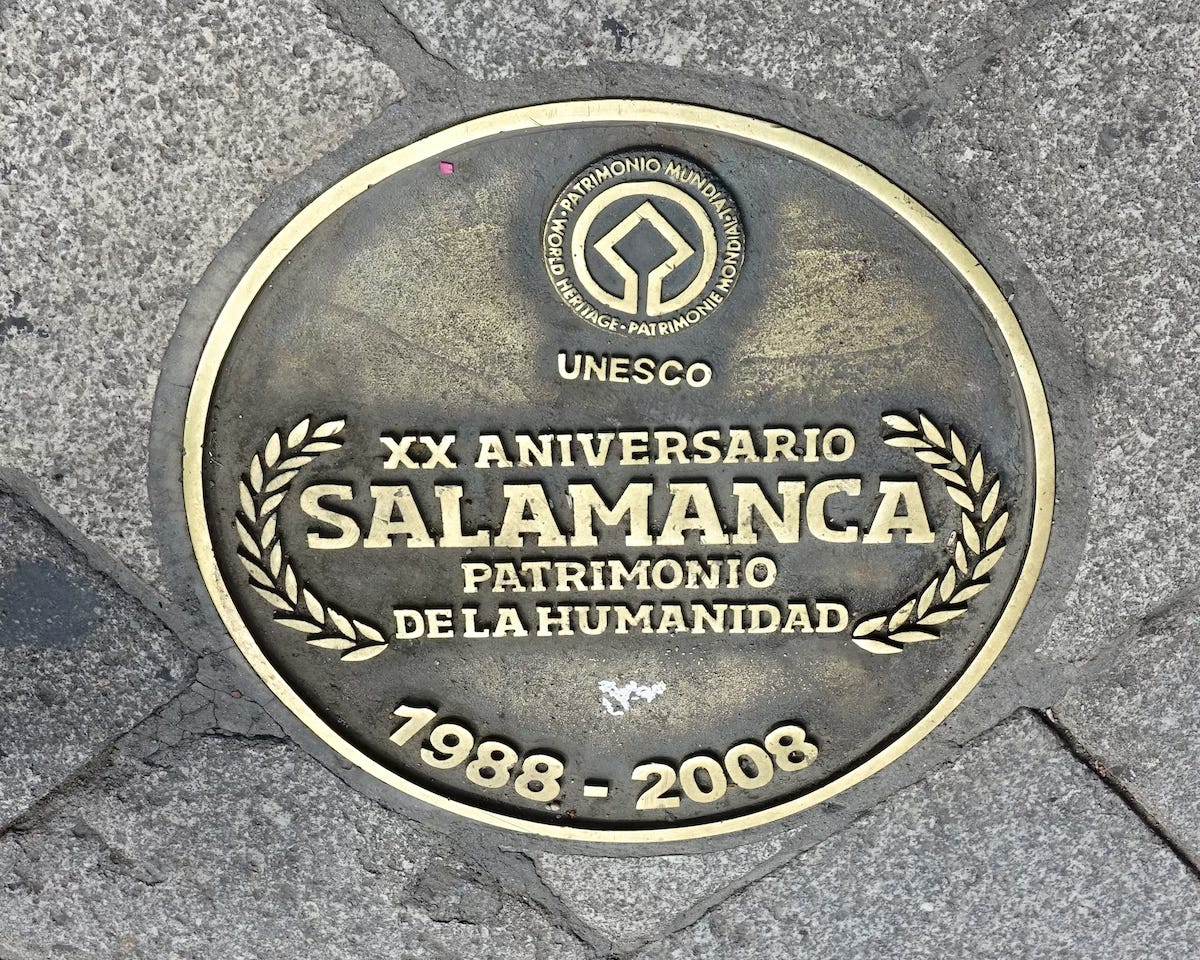Inclusion, segregation, education
What's something we can learn from some current events?
I am regularly intrigued by developments regarding inclusion. Not only is the topic one that has different meanings on different parts of Earth, but it inspires continuing debate, sometimes with a stronger emphasis on passion than on evidence and reason. Educators around much of the world seem to see “inclusion” as meaning “equal access for those who have disabilities to opportunities and programs afforded peers who do not have disabilities,” but in some circles “inclusion” seems to take on a tighter meaning: “access to the same educational curriculum taught by the same teachers and in the same places as students without disabilities.”1
Many of the recommendations about inclusion are referenced to the Salamanca accords or statement. The 1994 “Salamanca Statement and Framework for Action on Special Needs Education” advanced policies and practices regarding services for students with disabilities. Ninety four countries endorsed the statement. When I visited the delightful city of Salamanca (ES) in the summer of 2018, I photographed a plaque commemorating the 20th anniversary of the meetings (I was another 10 years late…missed the party).

During wanderings about the Intertubes, I came upon a couple of stories that provided contemporary glimpses about how South Africa and the United Kingdom are managing inclusive schooling. I dropped some notes about those stories in the next sections.
Keep reading with a 7-day free trial
Subscribe to Special Education Today with John Wills Lloyd to keep reading this post and get 7 days of free access to the full post archives.

